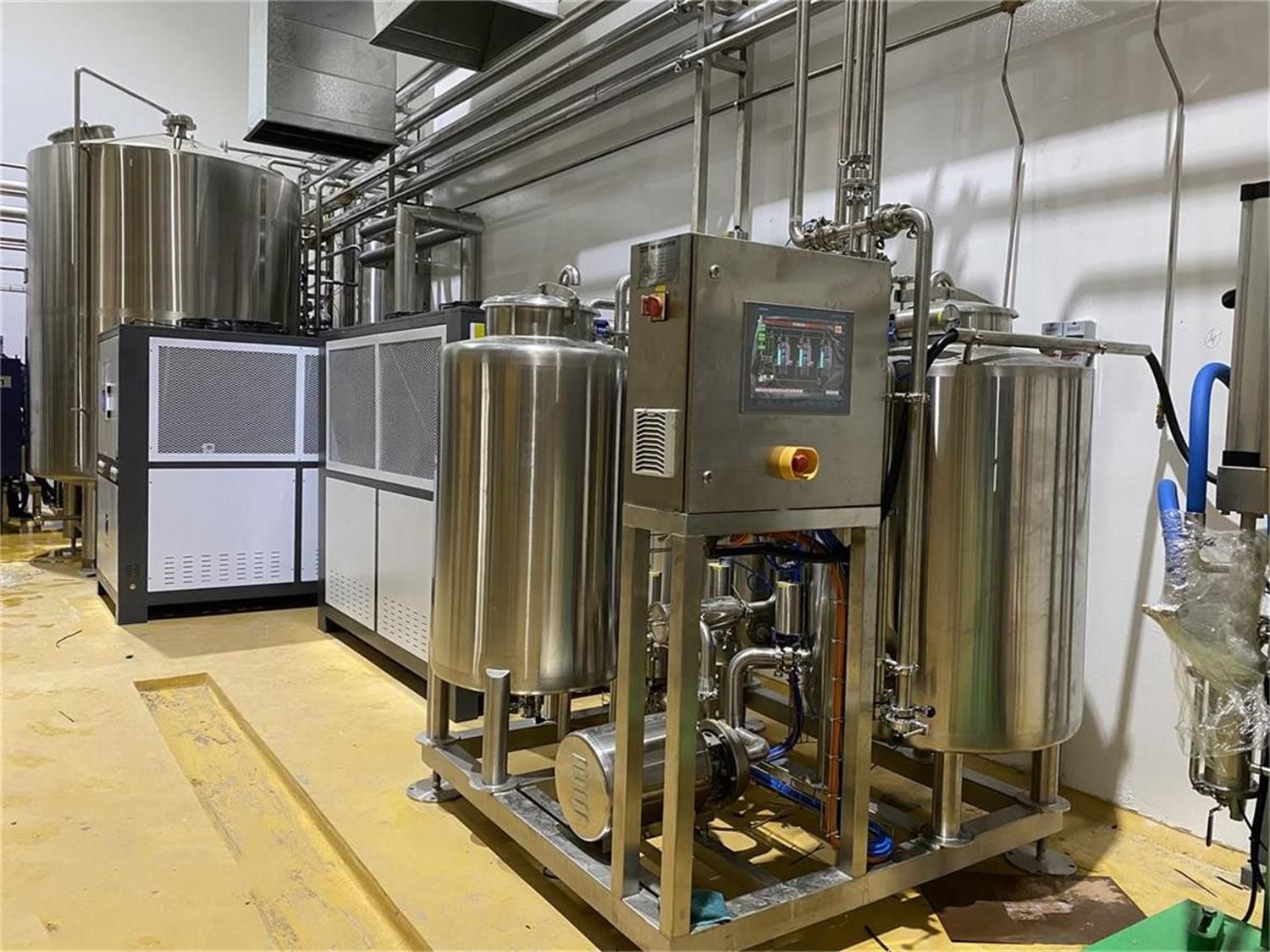Fermentation Brewery: The Art and Science of Beer Making
Fermentation is at the heart of brewing beer. Without it, we wouldn’t have the golden, frothy beverage that has been cherished for centuries. Whether you’re a homebrewer or run a commercial brewery, understanding fermentation is key to crafting high-quality beer with the right flavors, aromas, and alcohol content.
The Key Role of Fermentation in Brewing Beer
Fermentation is the most critical stage in brewing. It’s where yeast transforms sugars into alcohol and carbon dioxide, creating the beer we love. But it’s more than just alcohol production—fermentation also impacts taste, aroma, and mouthfeel. The yeast strain, fermentation temperature, and time play a vital role in defining the beer’s characteristics. Different fermentation methods create distinct beer styles, from crisp lagers to complex ales.
Without fermentation, beer would just be a sweet, flat liquid. Imagine brewing without yeast—it would be like baking bread without leavening agents! The magic of fermentation is what turns simple ingredients—water, malt, hops, and yeast—into something extraordinary.
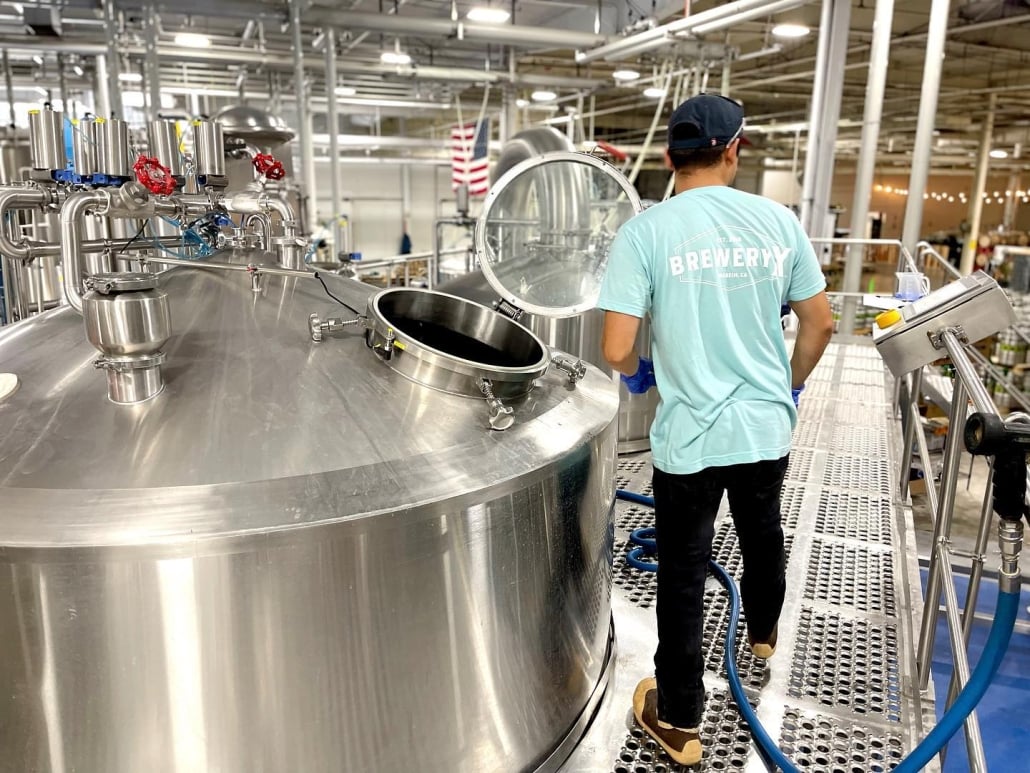
What Is Fermentation in Brewing?
In brewing, fermentation is the biochemical process where yeast metabolizes fermentable sugars from malted grains, converting them into alcohol and CO₂. This process determines the beer’s strength, carbonation, and complexity.
There are two main types of fermentation: top fermentation (used in ales) and bottom fermentation (used in lagers). Each has its own nuances that influence the final product. The fermentation vessel—whether an open tank, closed fermenter, or specialized unitank—also affects the beer’s properties.
Brewers control fermentation variables such as temperature, oxygen exposure, and yeast nutrition to achieve consistency and desired flavors. Even minor fluctuations can impact the beer’s outcome, making fermentation a delicate balance of science and artistry.
The Fermentation Process in a Brewery
Fermentation in a brewery follows a structured process, typically spanning several days to weeks. Here’s a breakdown of the key stages:
1. Pitching the Yeast
Once the wort (unfermented beer) has been boiled and cooled, yeast is added—or “pitched”—into the fermenter. The type and quantity of yeast influence the beer’s alcohol content and flavor profile.
2. Primary Fermentation
This is the most active phase, lasting anywhere from a few days to a couple of weeks. Yeast rapidly consumes sugars, producing alcohol and CO₂. A layer of foam, called krausen, forms on top as yeast works its magic.
3. Secondary Fermentation (Maturation)
After primary fermentation, the beer is transferred to another vessel (in some cases) for further conditioning. This phase smooths out flavors, reduces unwanted byproducts, and improves clarity.
4. Carbonation and Packaging
Once fermentation is complete, the beer is either force-carbonated (for commercial breweries) or naturally carbonated (bottle conditioning). It’s then packaged into kegs, bottles, or cans for distribution and consumption.
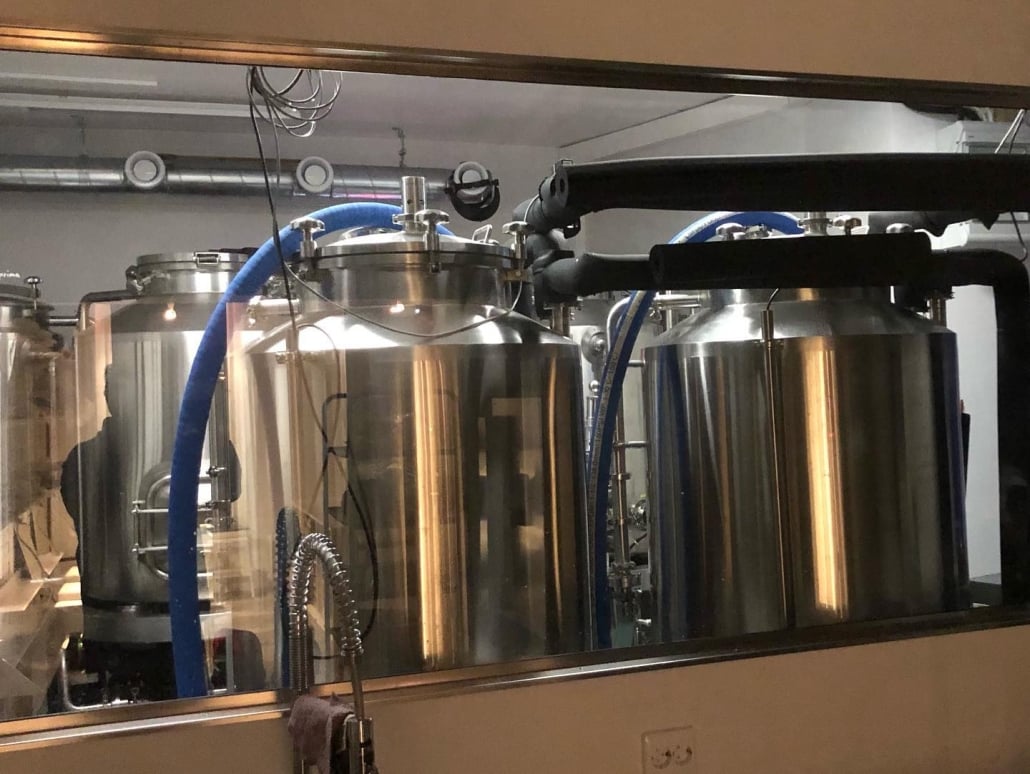
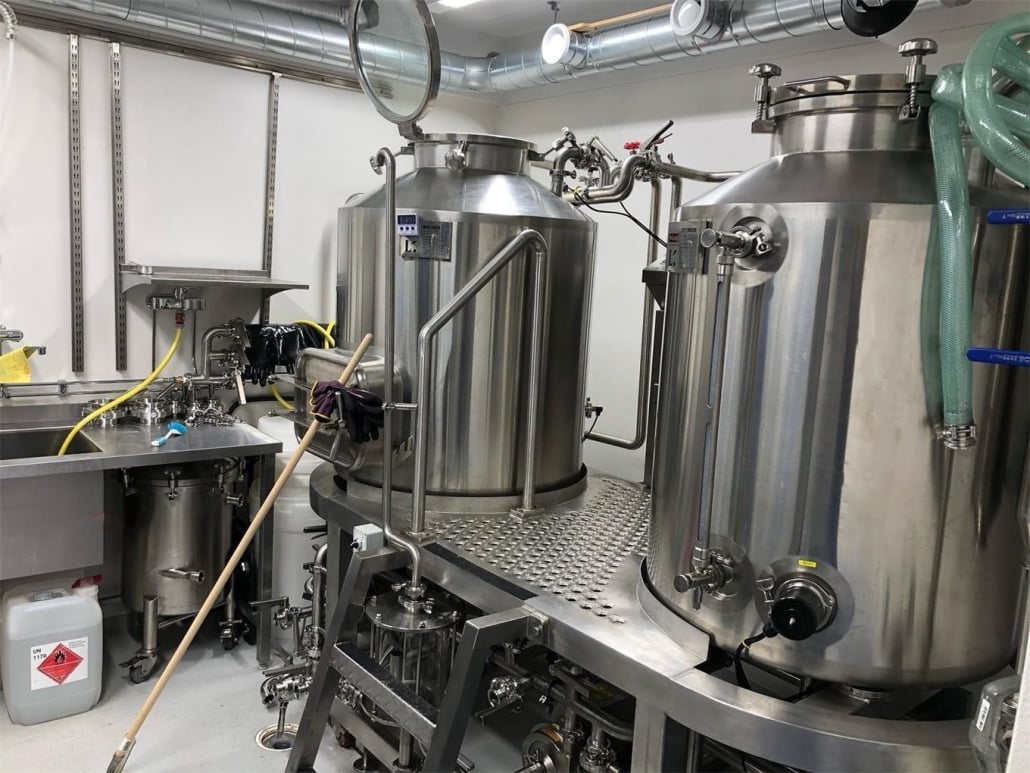
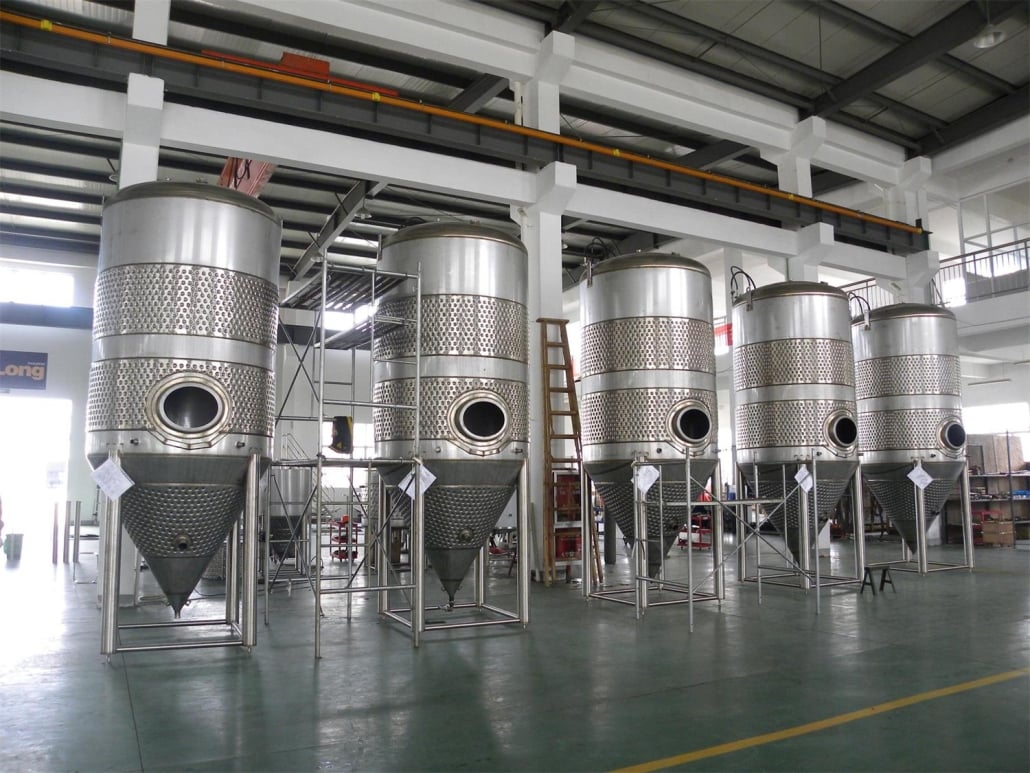
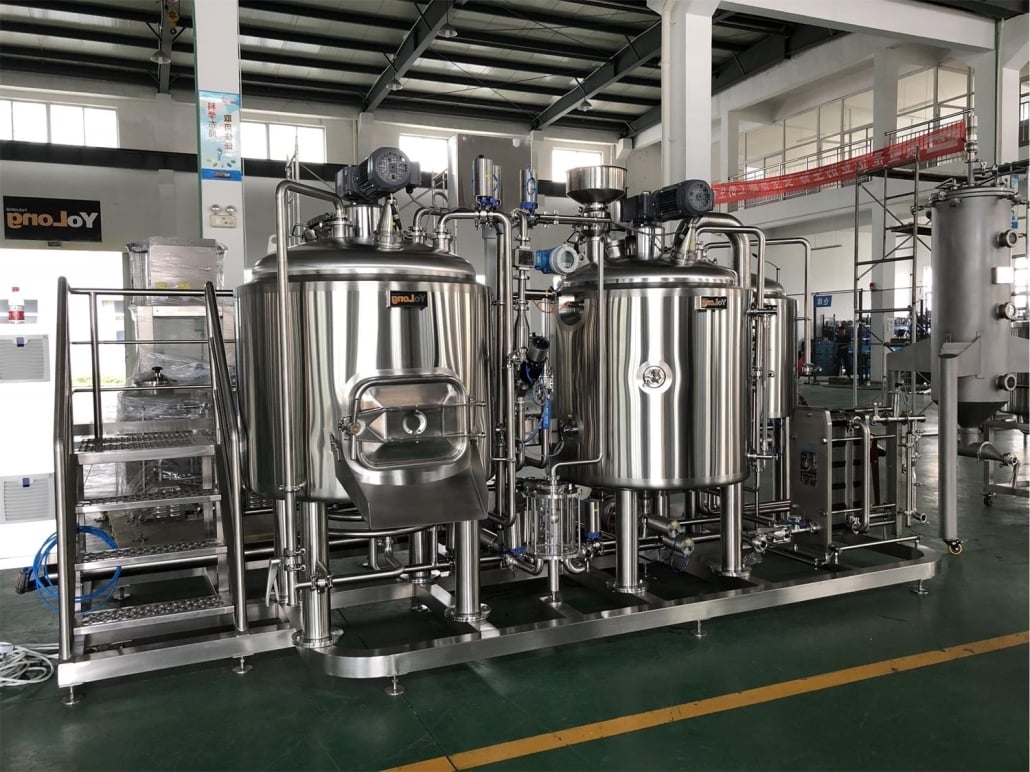
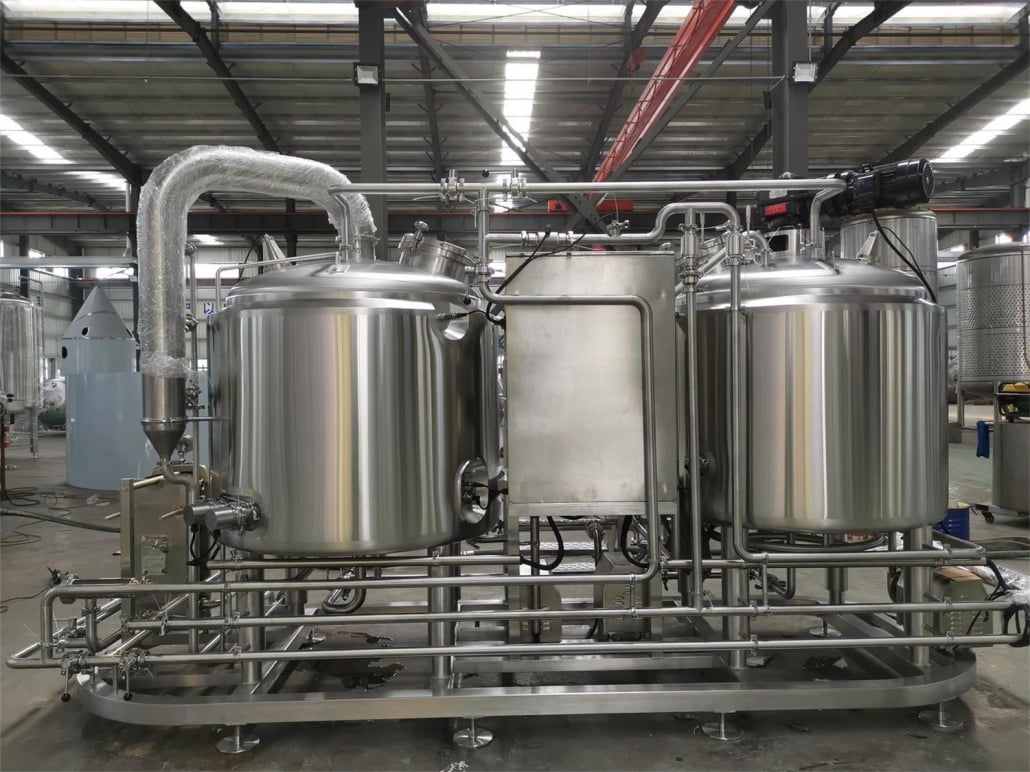
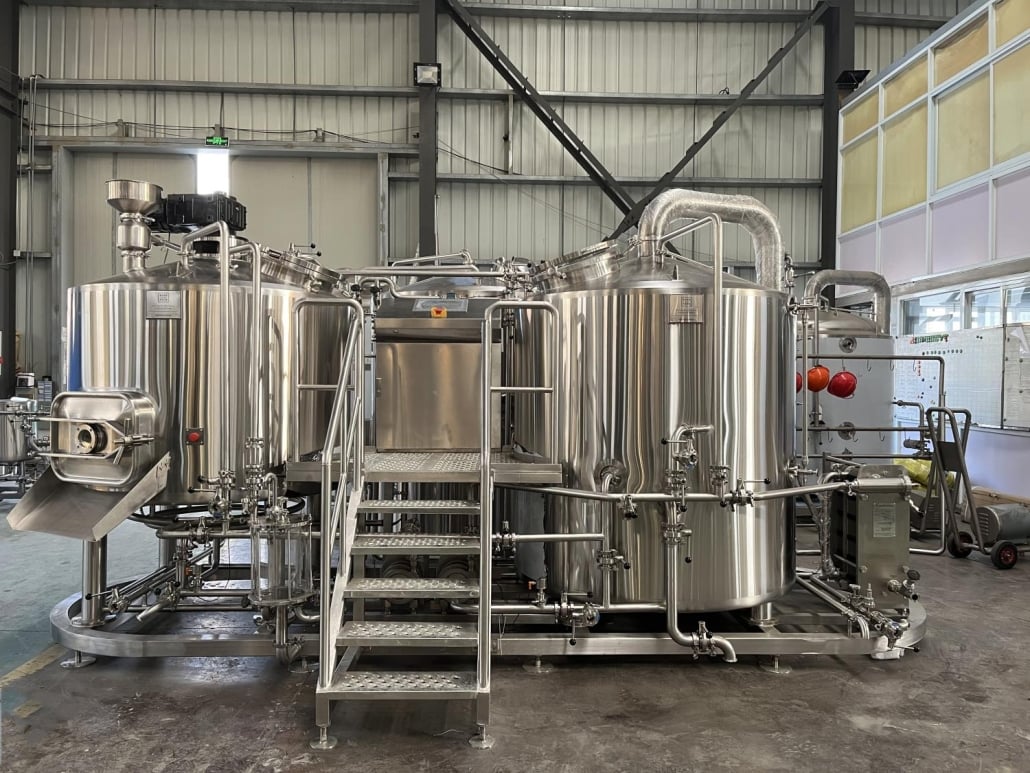
Types of Beer Fermentation
| Fermentation Type | Yeast Strain | Temperature Range | Beer Styles |
|---|---|---|---|
| Top Fermentation (Ale) | Saccharomyces cerevisiae | 60-75°F (15-24°C) | IPA, Stout, Porter, Belgian Ales |
| Bottom Fermentation (Lager) | Saccharomyces pastorianus | 45-55°F (7-13°C) | Pilsner, Helles, Bock, Märzen |
| Spontaneous Fermentation | Wild Yeast & Bacteria | Varies | Lambic, Gueuze |
| Mixed Fermentation | Combination of yeast & bacteria | Varies | Sour Ales, Farmhouse Ales |
Common Fermentation Issues & How to Fix Them
| Issue | Cause | Solution |
|---|---|---|
| Stuck Fermentation | Low yeast viability, improper temperature | Adjust temperature, repitch healthy yeast |
| Off-Flavors (e.g., buttery, solvent-like) | High fermentation temperature, bacterial contamination | Maintain proper temperature, sanitize equipment |
| Over-Carbonation | Too much priming sugar, incomplete fermentation | Measure sugar accurately, allow full fermentation |
| Cloudy Beer | Yeast not settling, protein haze | Cold crash, use fining agents |
Tips for Optimizing Brewery Fermentation
- Control Temperature Precisely: Each yeast strain has an optimal temperature range. Keeping fermentation stable prevents off-flavors.
- Use Fresh, High-Quality Yeast: Active, healthy yeast ensures efficient fermentation and consistent flavor.
- Monitor Gravity Readings: Use a hydrometer or refractometer to track fermentation progress and avoid incomplete attenuation.
- Maintain Proper Oxygen Levels: Oxygen is beneficial before fermentation but harmful afterward. Proper aeration ensures yeast health at the start.
- Sanitize Equipment Thoroughly: Contamination can ruin a batch. Always clean and sanitize fermenters, airlocks, and hoses.
- Allow Sufficient Conditioning Time: Rushing beer into packaging can lead to unwanted flavors. Let it mature for balanced taste.
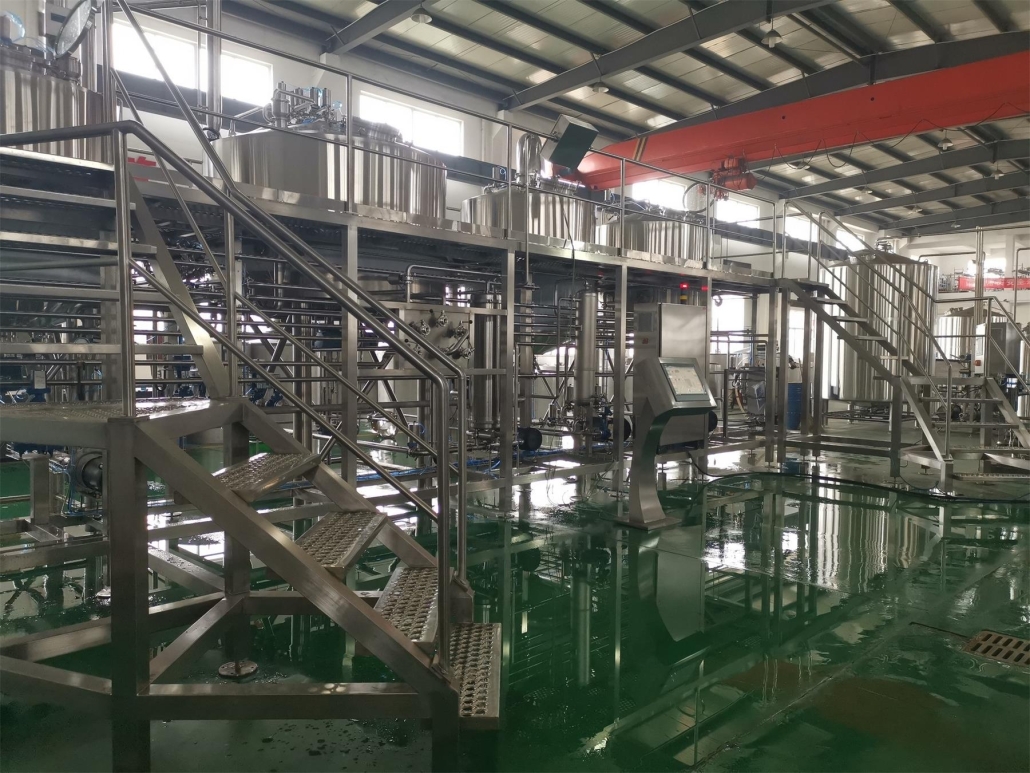
FAQs
| Question | Answer |
|---|---|
| How long does fermentation take? | Primary fermentation usually takes 5-14 days, but conditioning can take weeks or months. |
| Can fermentation temperature affect beer quality? | Yes! Too high or too low can cause off-flavors, slow fermentation, or yeast stress. |
| What happens if fermentation stops too early? | This is called a “stuck fermentation.” You may need to warm the beer slightly or add fresh yeast. |
| Why does my beer taste fruity or buttery? | High temperatures or improper yeast selection can cause fruity esters or buttery diacetyl flavors. |
| How do I know when fermentation is done? | Take gravity readings for three consecutive days. If the reading is stable, fermentation is complete. |
Share this entry
Interested in learning more about Brewing Systems including additional details and pricing information? Please use the form below to contact us!
YOLONG BREWERY EQUIPMENT FAQS
- Commercial Brewery / Craft Brewery / Microbrewery / Nanobrewery
- What is The Difference Between Craft Beer and Industrial Beer?
- The Bespoke Differences In Custom Brewing Systems
- Everything You Need to Know About Kettle Souring
- How to Choose Brewing Equipment for Your business?
- How To Choose The-Best Partner To Build Your Commercial Microbrewing System?
- Two Detection Sensors That You Need To Use In Your Brewhouse System
- Remote Control Applications in Brewing Equipment/How does it work?
- How To Clean Your Brand New Brewery Tanks?

